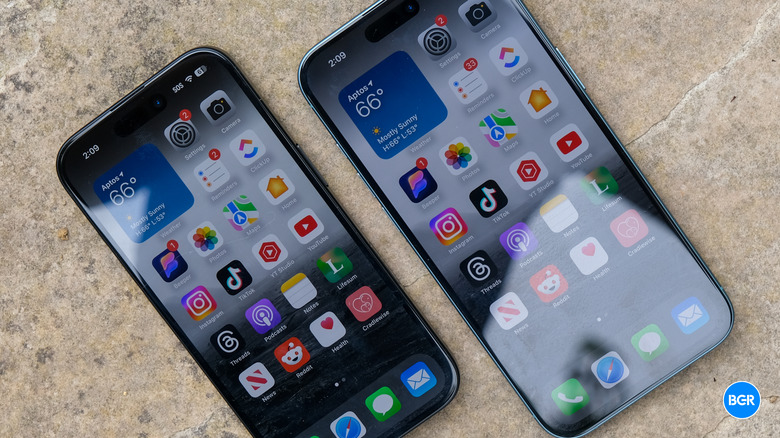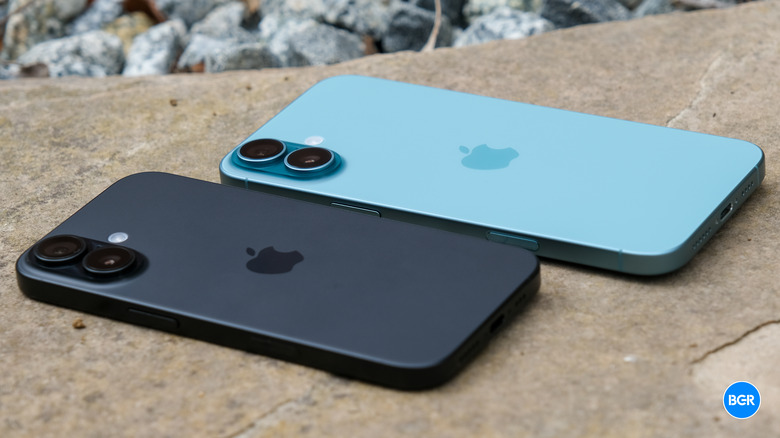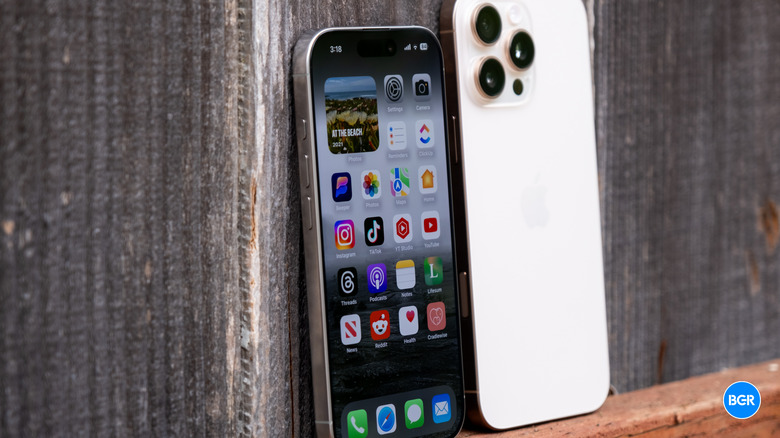How I Survived Upgrading From The iPhone 14 Pro To The iPhone 16 Plus
After more than a month with the iPhone 16 Plus, I'm happy to report the upgrade from my iPhone 14 Pro was absolutely worthwhile. There's only one thing that I regret, and it's not what you might think. I don't mind losing the 120Hz display or the third zoom camera of the iPhone Pro. It's the size of the Plus that it takes getting used to, considering this is the first time I've used an iPhone with a 6.7-inch display.
If you're unsure which iPhone 16 model to buy, I'll go over two things to try before you decide whether you need a new Pro or non-Pro iPhone in your life. Honestly, just one of them really matters, considering how powerful the iPhone is.
The problem with upgrading from a previous-gen iPhone Pro to an iPhone 16 or 16 Plus is that it might not feel like an upgrade. The fear of missing out will trigger, as the Pro models pack better features than the non-Pro.
But going from a previous-gen Pro to an iPhone 16/Plus is a massive upgrade when it comes to specs. You get the A18 chip with 8GB of RAM, a slightly improved display that can work at 1 nit minimum brightness, and an improved camera. Battery life is amazing, easily one of the best things about the 2024 iPhones.
When choosing a non-Pro iPhone 16 version, you lose the titanium chassis, the triple-lens camera on the back, and the 120Hz ProMotion Always-On display.
The camera
The iPhone 16 Pro and 16 Pro Max feature 12-megapixel tetraprism zoom cameras on the back that support 5x optical zoom. So what?
The iPhone 14 Pro lacked a periscope camera and supported a maximum of 3x optical zoom. I didn't use zoom that much. I can't say that I missed the 3x option when I moved to the iPhone 16 Plus.
This is the first thing you should try on your iPhone Pro right now. See how often you use your zoom camera and why you do it. If you take lots of pics at maximum optical or digital zoom, you might need three cameras from your iPhone 16. In that case, you'll want to get an iPhone 16 Pro or 16 Pro Max. Again, both come with that same tetraprism camera on the back.
I will also have to note the other perks of the iPhone 16 Pro camera experience. You get support for Night Mode portraits, something I don't think I used on the iPhone 14 Pro that much. You also get support for Apple ProRaw, Log video recording, ProRes video recording, and a four-mic array. The latter might be useful if you record a lot of video.
The display
If upgrading from a triple-lens setup to a dual camera is not a problem, leaving behind the dynamic 120Hz display might be. But guess what? It's entirely possible to do it, and you might not see a big difference going back to a static 60Hz screen.
I know I had no problem switching from the iPhone 14 Pro's 120Hz screen to the iPhone 16 Plus's 60Hz display. I'll explain how I did it.
First, I do not need the Always-On display. It's one of the first iOS 16 features I turned off when getting the iPhone 14 Pro nearly two years ago. Disabling the Always-On functionality will also bump the iPhone's battery life.
Second, I set the dynamic 120Hz refresh rate to a dynamic 60Hz rate and forgot to change it back. It happened during the early days of the iPhone 14 Pro. I realized my mistake about a year in when looking at the phone's display settings. I also learned that the 60Hz refresh rate didn't bother me, so I kept it off. The bonus? Extra battery life savings on the iPhone 14 Pro.
I know many iPhone users will say they can tell the differnce between 120Hz and 60Hz. I mostly can't, and I think I understand why.
Many years ago, Apple introduced the parallax effect for system-wide animations. It happened with iOS 7. It was beautiful, but I couldn't stand it. That is, the motion made me queasy, so I disabled it from the Accessibility section of the Settings app (look for Reduce Motion in the Motion menu). I haven't experienced it in more than a decade.
ProMotion displays will make that animation look a lot smoother than 60Hz screens. I suspect that downgrading from 120Hz to 60Hz would be obvious if you have the parallax effects enabled. Most people do. But I'm less likely to notice any jittery effects because I've reduced the intensity of motion effects.
The 60Hz display is not a problem when scrolling content in apps or enjoying games. Remember that the ProMotion screens shift the refresh rate on their own from 1Hz to 120Hz (or from 1Hz to 60Hz). They won't always run at the top refresh rate because they don't have to.
If you want to test-drive a non-Pro iPhone experience without actually buying a non-Pro device, try turning off the Always-On display and then setting the refresh rate to 60Hz for a few days. You can also disable motion and see how that impacts your experience.
If you can't stand the 60Hz screen, avoid the non-Pro iPhone 16 models.


